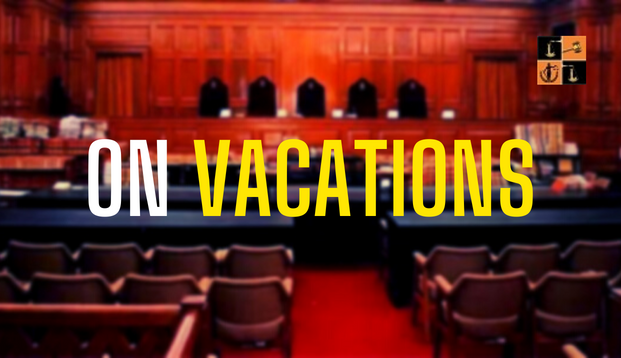Free Courses Sale ends Soon, Get It Now


Free Courses Sale ends Soon, Get It Now



Disclaimer: Copyright infringement not intended.
Context
Overview of Court Vacations:
Handling of Important Cases During Vacations:
Criticism of Court Vacations:
Efforts to Reform Vacation Cycles:
Arguments in Favor of Court Vacations:
Comparison with Other Countries:
Way Ahead
The way ahead regarding court vacations in India involves a balanced approach that addresses the concerns of efficiency and the well-being of judges. Here are some potential steps that could be taken:
|
PRACTICE QUESTION Q. Discuss the significance of court vacations in the Indian judiciary and analyze the criticisms associated with the current vacation system. Suggest reforms to improve the efficiency of the judiciary while ensuring the well-being of judges. (250 words) |
© 2024 iasgyan. All right reserved